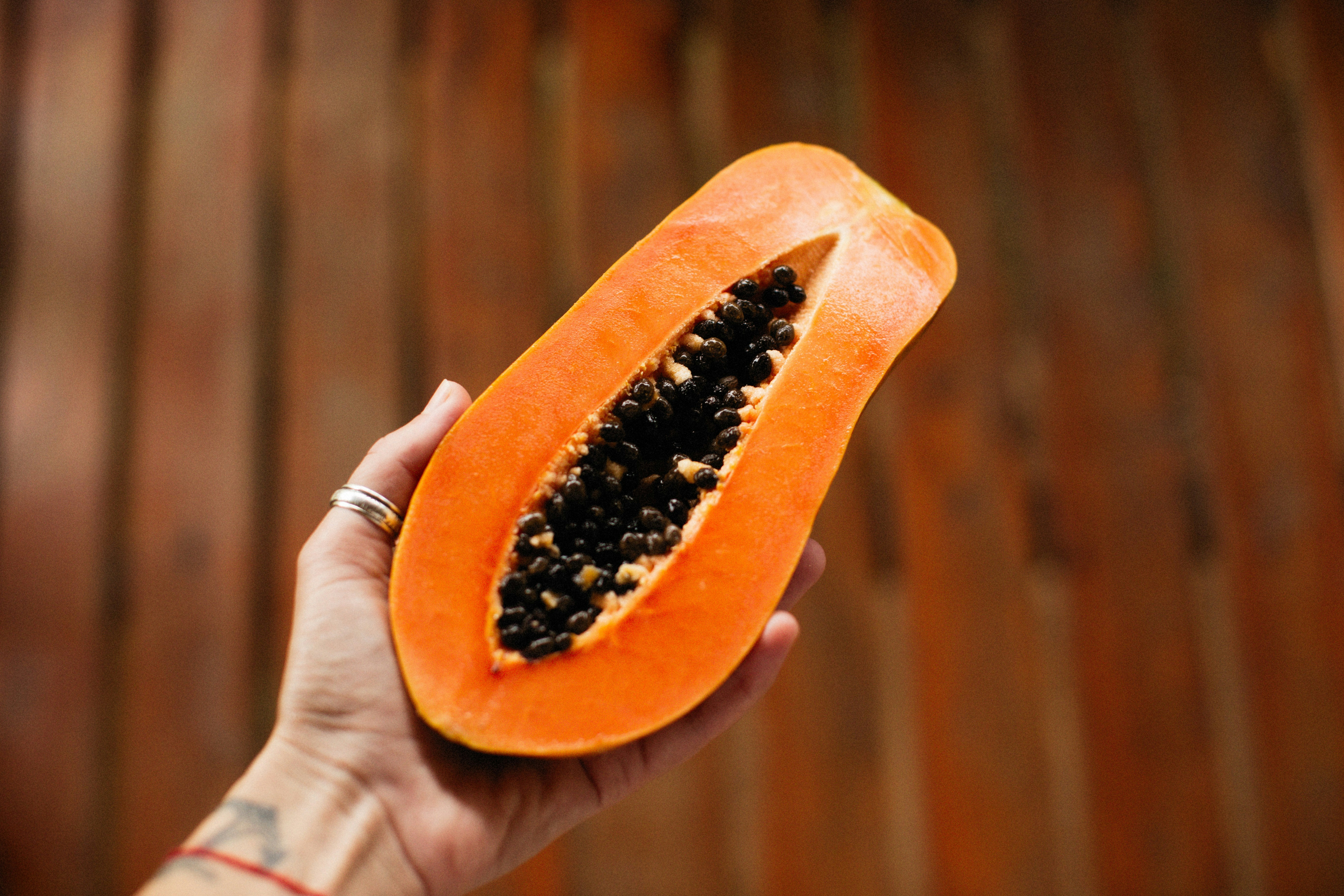Cheese lovers, this one might make you pause before your next bite of mozzarella or cheddar. A new study from Italy has found that microplastics - tiny plastic particles invisible to the naked eye - are present in nearly all dairy products tested, and cheese seems to contain the highest levels. Researchers from the University of Padua analysed 28 dairy samples, including milk and various types of cheese.
Shockingly, microplastics were detected in all but two samples. The most common particles were PET, polyethylene, and polypropylene - materials frequently used in food packaging.
Why Are There Microplastics In Cheese?
Packaging isn't the only culprit. The researchers believe that plastic contamination might begin much earlier - possibly during milking, processing, or storage. Factors like plastic-based animal feed containers, milking equipment, protective clothing worn by workers, and transportation materials could all contribute to the problem.
Also Read:New Study Reveals How Eating Food From Plastic Takeaway Containers Can Harm Health
Cheese vs. Milk: Which Has More Microplastics
When it comes to microplastic content, not all dairy products are equal. The study found that milk contained about 350 plastic particles per kilogram - significantly fewer than cheese, which had over 1,000 particles per kilogram on average.
Among cheeses, the difference between fresh and ripened varieties was notable:
- Fresh cheeses like mozzarella, ricotta, burrata, paneer, feta, and cream cheese showed roughly 1,280 particles per kilogram.
- Ripened cheeses - including cheddar, Gouda, Gruyere, Camembert, Parmesan, and blue cheeses like Gorgonzola - had an even higher concentration of about 1,857 particles per kilogram.
Microplastics And Health Risk
Microplastics are everywhere - from the air we breathe to the water we drink - but their presence in commonly consumed foods like dairy is especially concerning. Although research into their health effects is still in its early stages, existing studies link microplastics in the human body to a range of potential problems, including:
- Disruption of hormones and gut bacteria
- Chronic inflammation and cell damage
- Increased risk of liver issues, heart disease, infertility, and even cancer
Also Read:What Happens When You Eat Cheese Every Day? Here's The Truth
How To Limit Exposure To Microplastics
While it's almost impossible to completely avoid microplastics, experts suggest a few steps to reduce everyday exposure:
- Avoid drinking from plastic water bottles
- Boil and filter tap water before drinking
- Replace plastic cutting boards with wooden or glass alternatives
- Never heat or microwave food in plastic containers
The findings serve as a reminder that even our most comforting foods, like cheese, can hide unexpected contaminants. Until more research is done, mindful consumption - and reducing plastic use overall - might be the best approach for both health and the planet.








